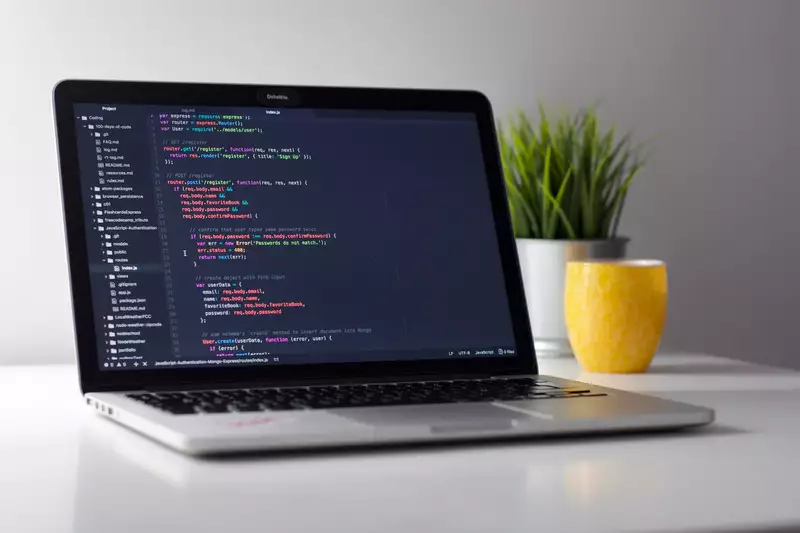Data Science is truly comprised of two main topics: math and programming. However, one does not need to be a computer scientist or mathematician, one does not even need to have taken algebra or a basic programming class to start.
The most important part of mastering Data Science is learning the requisite material before diving deep into advanced topics such as Machine Learning, Neural Networks, and Artificial Intelligence. In terms of learning programming, a great place to start is with one of these Data Science Classes, they are available online or in-person. I have also listed some other links at the bottom for Python programming classes that are in-person in NYC and live-online.
Core Math Concepts
In terms of mathematics, it is important for a student to feel comfortable with statistics, probability, and regression. A student does not need to know this before starting a course, but it is great to learn this during or right after a coding class. Once a student feels comfortable programming in Python and the topics above, students will need to learn some linear algebra topics such as linear transformation and matrix multiplication, but this is NOT necessary to start, so do not get sidetracked!
These sets of blog posts will introduce math topics that fall into three categories: statistics, probability, and regression. I will first be walking students through the mathematical theory and showing examples using Python so students can start to practice using Python while also learning math concepts. Therefore, if you would like to follow along with my posts, you should download Anaconda Navigator. This package will give you access to Python and Jupyter notebook which will be the two tools I will be using to show the math in Python. Keep in mind, I will not be explaining the Python commands, to learn the programming side of Data Science, I suggest investing some time and money into the courses linked above.
For this post, we will not actually do any math, but I will outline the mathematical concepts that we will be covering next week in our “crash course”. In the first section of the course, I will cover statistics which is defined as the study of the collection, analysis, interpretation, presentation, and organization of data. Mastering statistical concepts will allow you to learn how to handle data effectively which is the most important skill for a data scientist. Statistics might seem like a scary word, but we will start with familiar concepts that you probably covered in grade school: mean, median, and mode.
Please remember if you have any questions or topics you want to be covered - I am here to help so please email me at Zach@nobledesktop.com.

